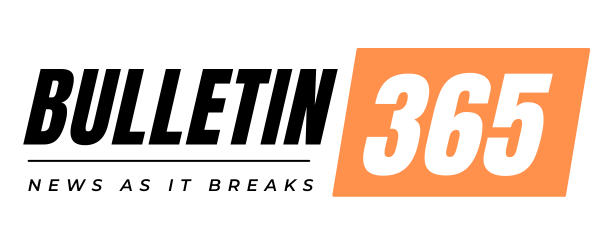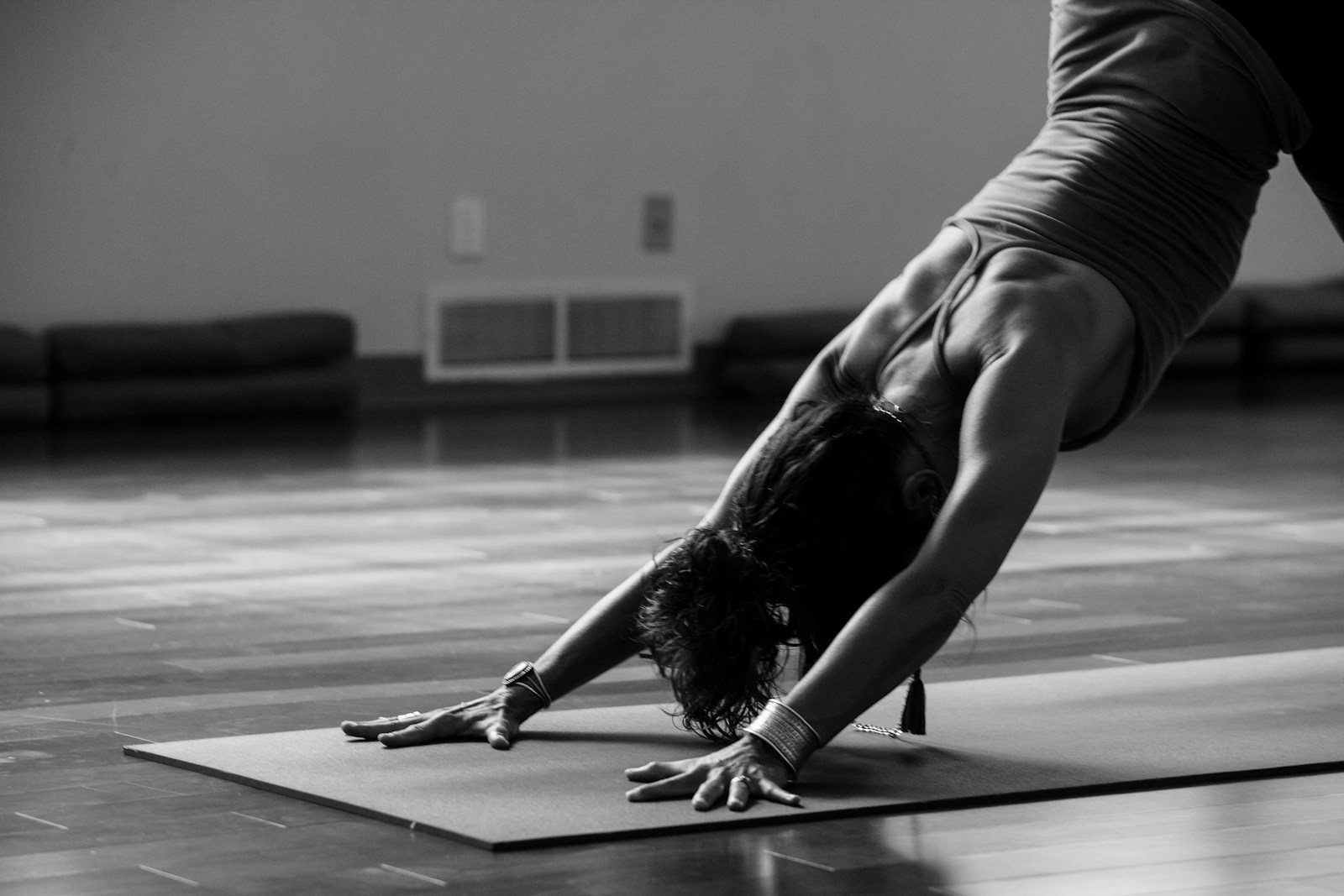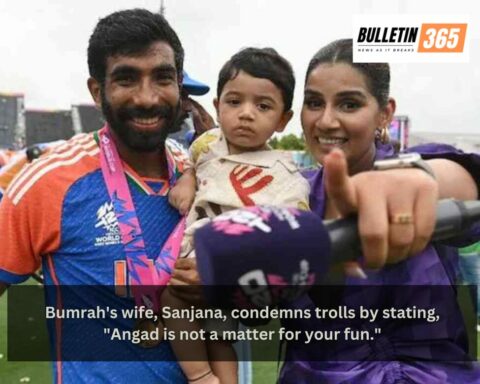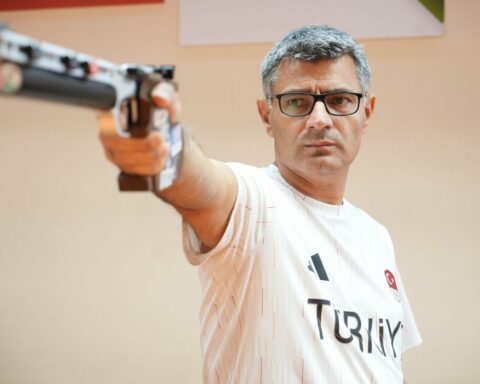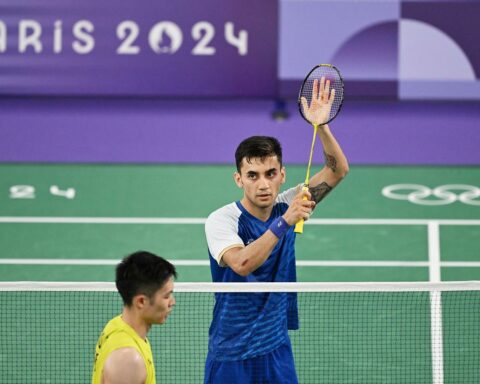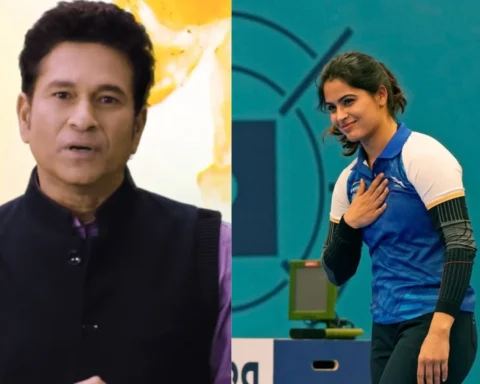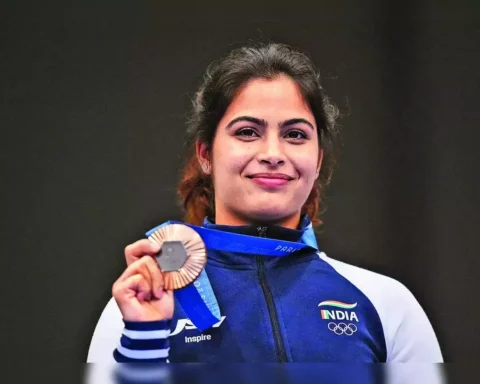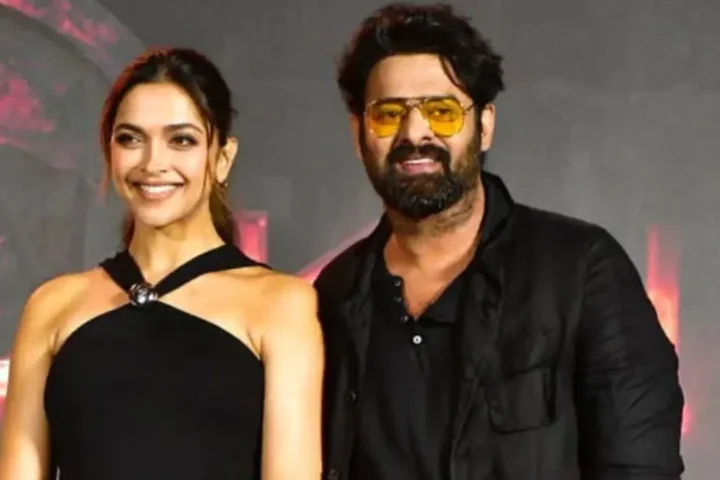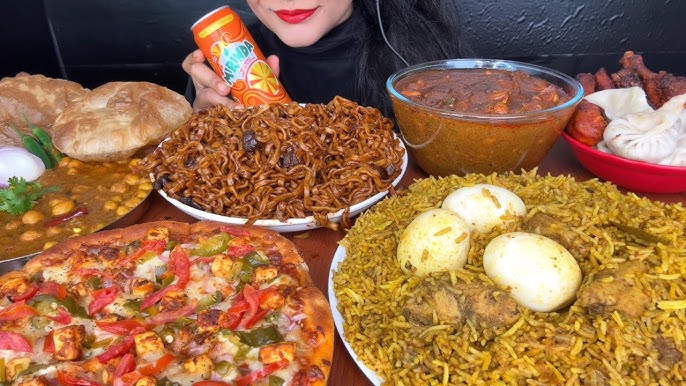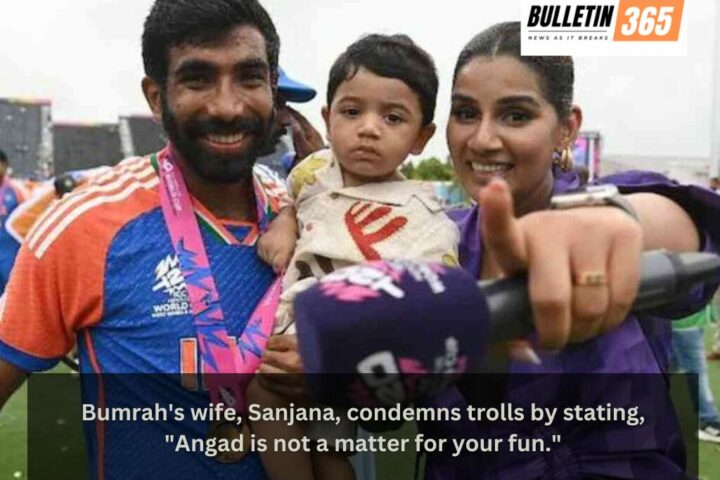There is a good chance that at least one person in your life—a member of your family, a coworker, or a close friend—has high blood pressure and takes one or more medications each day to control it. Why is this so likely? because one in three adults in the United States suffers from hypertension, or high blood pressure. Raised pulse, which expands the gamble of stroke, cardiovascular breakdown, and kidney illness, is frequently depicted as a “quiet executioner.” Fatigue, nosebleeds, nervous tension, ringing in the ears, dizziness, rage outbursts, and headaches are all symptoms that can be identified, but they typically do not appear until blood pressure reaches dangerous levels.

STRESS = HYPERTENSION
Pulse — the power blood applies against the walls of your veins as it goes through the circulatory framework — changes during the day, expanding during effort or stress and diminishing when the body is very still. Most specialists concur that a circulatory strain perusing of under 120/80 is great for grown-ups, and analyze hypertension when those numbers reach 140/90. The amount of pressure in the arteries when the heart beats or contracts is referred to as the top number, or systolic pressure. The diastolic pressure, or how much pressure remains in the arteries between beats when the heart is relaxed, is measured by the bottom number.
“Essential” hypertension, for which there is no specific disease, can result from a high-stress lifestyle.
Although kidney disease, hormone abnormalities, and type 2 diabetes are some of the conditions that can cause secondary high blood pressure, a high-stress lifestyle is more likely to result in what doctors refer to as “essential” hypertension, which does not have a specific disease cause.
Yoga, when performed carefully, can lessen this kind of pressure actuated hypertension, while tending to its fundamental causes. It calms the sympathetic nervous system, slows the heart, and teaches the mind and muscles to deeply relax.
Additionally, pranayama can be extremely beneficial. Conscious breathing has been shown to quickly lower blood pressure in studies. When practicing pranayama while lying down, the breath is encouraged to rise effortlessly and without effort from a relaxed state. If you decide to sit down, ensure that your spine is straight and that you raise your chest while keeping your head down in jalandhara bandha to avoid straining your heart.
Yoga can decrease pressure prompted hypertension, while tending to its fundamental causes. It calms the sympathetic nervous system, slows the heart, and teaches the mind and muscles to deeply relax.
Some asanas actually work better than others for actually lowering blood pressure, and simple modifications make others more beneficial, despite the fact that a general yoga practice can bring the nervous system into balance and have a calming effect. To calm the head, neck, face, and diaphragm, for instance, perform cooling poses like forward bends with the head supported. Place your hands on your hips to modify any standing poses in which the arms are typically extended overhead (such as virabhadrasana I). To prevent your blood pressure from rising while you are in trikonasana (triangle pose), look toward the floor rather than the ceiling. Avoid dhanurasana (bow pose) and mayurasana (peacock pose), which can raise blood pressure by compressing the front of the diaphragm.
Unsupported inversions like shirshasana (headstand) and adho mukha vrksasana (handstand) should be avoided by people with untreated high blood pressure. This includes any other pose that puts pressure on the throat or temples or makes breathing difficult or heavy.
Because you can learn to bear weight on the upper body and lengthen the sides of the neck without strain, practicing a modified halasana (plow pose) is a good way to experience the benefits of inversions without the potential risks. So assuming your circulatory strain peruses on the high side, adhere to the adjusted rendition underneath.
Forward twists and other withdrawn asanas show us how to calm the cerebrum and protract and mellow the neck along the way of the carotid course. Supporting the head in these poses to lower blood pressure helps to cool and calm the whole body.
Conscious breathing has been shown to quickly lower blood pressure in studies.
The accompanying grouping is intended to set you up to pursue the act of reversals securely and without raising your pulse. In any of these poses, you should never feel agitated or uneasy. Come out of the pose and rest in balasana (child’s pose) until you feel normal again if you experience flushing, heat, or dizziness while practicing.
After your practice, spend at least five minutes in savasana, supporting your neck with a blanket if necessary to keep it long and allow your face to completely relax toward your chest.
ADHO MUKHA SHVANASANA (DOWNWARD-FACING DOG POSE) WITH SUPPORT
Start on your knees and fold two or three blankets in half lengthwise under your chest. As you straighten your arms and lift up through the inner edges of your arms, press the weight evenly through your hands. In adho mukha svanasana (downward-facing dog pose), lift your pelvis up, straighten your legs, and let your shoulder blades fall away from your neck toward your hips. Separate your feet more extensive than hip-width separated.
Keeping the legs straight, press the fronts of the thighs away from the torso toward the backs of the legs and lengthen your calves down toward your heels while lifting the pelvis away from the wrists. As you move the shoulder blades away from the neck and toward the pelvis, extend the inner arms from the wrists toward the shoulders.
So that your head can rest on the support, somewhere in between the top of your forehead and the crown of your head, let go of the back of your neck. On the off chance that your head doesn’t serenely arrive at your help, add another cover. To reach the blankets, you shouldn’t have to bend your elbows. Assuming your neck feels packed or your head jams into the covers, bring down your help.
You’ll be able to hold the pose for a few minutes without feeling strained if you can strike a balance between the active movement in the limbs and torso and the rest and relaxation in the head and neck. In balasana, separate your knees, sit on your heels, and release your head to the floor when you come down.
UTTANASANA (FORWARD bend Posture) WITH HEAD Backing
Separate the feet as wide separated as the thin side of a yoga mat. Place a block that is at its highest point between your feet and in line with your big toes, aligning the outer heels and little toes on the edges of the mat. You might need more or less support, depending on your proportions and how flexible your hamstrings are. If you need to rest your head, stack a few blocks or place the blocks or a folded blanket on a chair seat.
Place the top of your head on your support while bending forward and extending your legs straight. Hold the lower legs and spread the elbows separated from one another. While separating your shoulder blades from your neck, allow the back of your head to drop toward the ground. Maintain a balanced balance of weight between the front, back, inside, and outside edges of your feet even though your head is resting on your support. Without moving your head, lift your thighs with force and press your thighbones toward the backs of your legs. The chest should be wide and the back of the neck should feel long. Maintain a normal breathing pattern while holding the pose for up to three minutes. Take a deep breath and rise with your hands on your hips.
PASHCHIMOTTANASANA (Back STRETCH Posture)
Sit on two collapsed covers and broaden your legs straight before you in dandasana (situated staff present), feet hip-width separated. On top of your legs, fold a blanket and place it on a bolster that runs lengthwise closer to your feet. Your torso’s sides should be raised. Sit on more support if you notice that you are slumping backward. Stretch out forward and hold the external edges of your feet with your hands. Place your forehead on the blanket and extend your abdomen over the bolster.
On the off chance that you can’t arrive at your feet, hold a belt around the feet; If your head is too far away from the blanket, rest it on a chair that has at least one blanket on it. Keep your legs straight and press your thighbones as far toward the floor as you can without letting your heels rise. As you release the shoulders away from your neck, relax your forehead and spread your elbows.
Move your back ribs toward your front ribs as you extend through the heels and down onto the bolster. Keep the rear of the neck long and delicate and loosen up your facial elements. After holding for two minutes, return to dandasana.
HALASANA (PLOW POSE):
Try this pose with a chair, a bolster, and blankets for support. Simply release yourself from the pose and rest in shavasana if you experience any discomfort. At the mat’s end, stack three folded blankets. The smooth, collapsed edges of the covers ought to be in accordance with the edge of your mat. Place a chair on the floor in front of your mat and folded blankets, open another blanket on the floor in front of your mat to cover your head’s back, and place a bolster behind your blankets to support your pelvis. Rests with your shoulders, upper back, and base of your neck on the stacked covers, your head on the sweeping on the floor, and your pelvis laying on the support.
Hold the chair’s feet with your arms spread out in the air. Your arms should be straight as you push the chair away from you. Bring your arms back by your sides and put your palms on the support. Pivot your upper arms outward and open the chest. Squeezing your hands into the support, twist your knees toward your chest, lift your pelvis off the reinforce, and take your feet above, toes onto the seat of the seat. Separate your feet as wide separated as the seat of the seat, toes twisted under.
Roll onto the outer front edges of your shoulders while putting your hands behind your back and straightening your arms. Press your wrists into the reinforce and lift the sides of your chest away from the floor. Loosen up your throat and permit the rear of the neck to stretch delicately.
Lift the fronts of your thighs away from your head while pressing down on your toes and straightening your legs. With your elbows bent at an angle of 90 degrees, release the clasp on your hands and place their backs on the floor beside your head. Keep your legs moving, but keep your head and neck still, and keep your face and throat relaxed. Bend your knees and slowly roll your upper, middle, and back to the floor while keeping your head down to come down. Lay on your back briefly prior to moving to your side to sit up.
SETU BANDHA SARVANGASANA (BRIDGE POSE)
Belt the tops of your thighs together while seated on the front end of a bolster. Back onto the bolster with your knees bent and feet flat on the ground. Slide off the bolster with your feet pressed against the floor until your shoulders are parallel to your head and the floor. After that, straighten your legs and place your heels back on the floor.
As you extend your arms along the bolster, roll the outer edges of your shoulders under you and open your chest. Turn the upper arms out and the palms toward the roof. Elevate your feet on a support and lengthen the sacrum and buttocks toward your heels if your lower back aches or feels compressed.
For example, cooling poses like forward bends with the head supported work better than others to lower blood pressure.
Loosen up your throat and permit the base of the tongue to slip rearward of the throat. You can relax your cheeks and forehead completely by closing your eyes and looking inwardly toward your chest. Relax the area around the temples and in between the brows.
You can hold this pose for up to ten minutes at a time; You ought to be completely at ease. Bend your knees, press your feet into the ground, and slide off the bolster on an exhalation until your entire back is on the floor. Rest the backs of your legs on the reinforce for a couple of seconds and afterward turn over to your right side and sit up.
You can cross your legs and bend forward to rest your forehead on the bolster after sitting up. Lift the support up if your head doesn’t reach there. Hold for half a minute before switching sides and repeating on the opposite side before rising.
